It’s one of the least exciting and yet most far-reaching of future trends – for want of a better phrase, ‘methodology modification.’
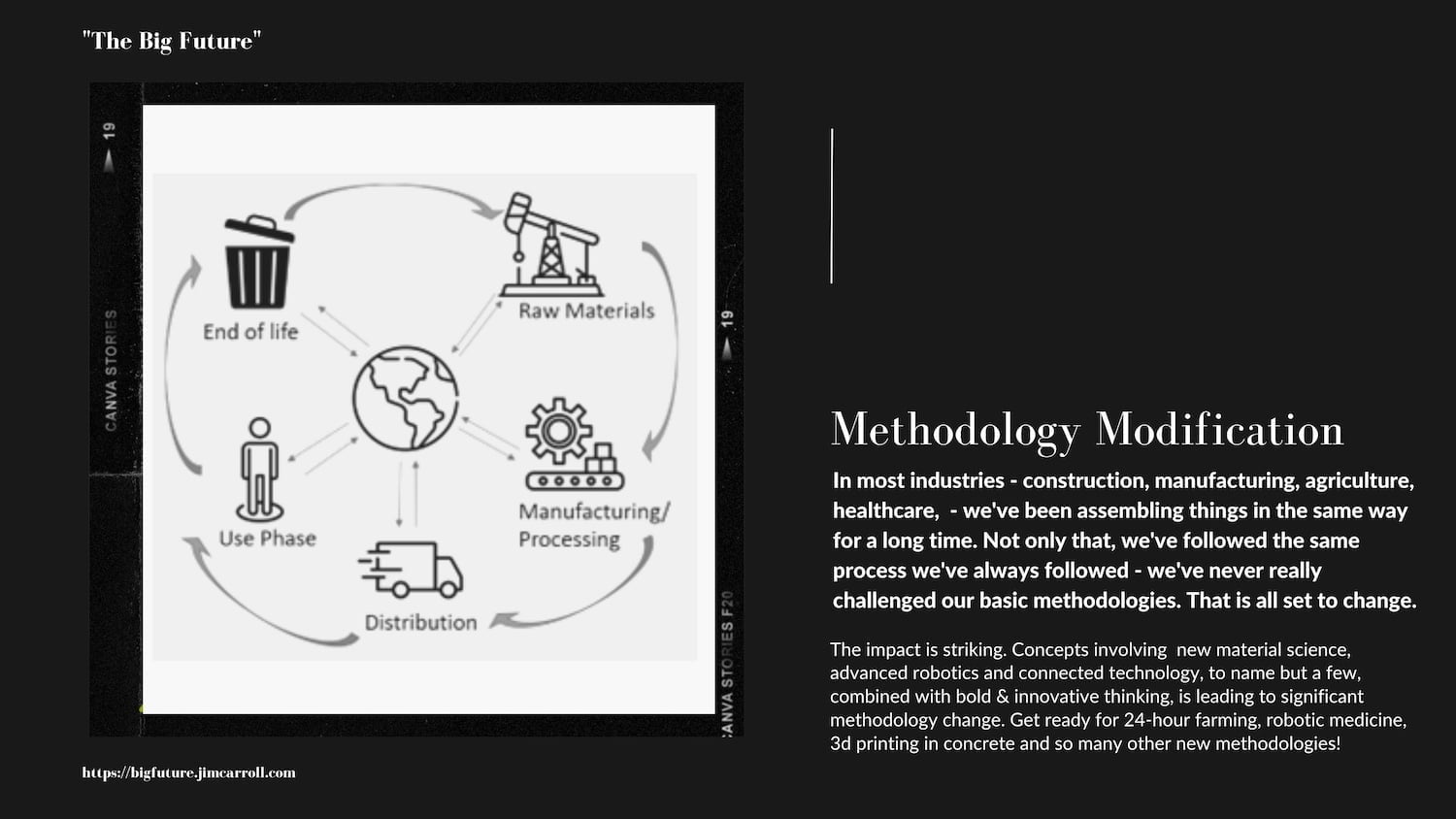
What’s it all about? Essentially, we’ve been doing the same thing the same way for many decades (if not centuries) with the same basic methodologies – but the impact of technology, digitization, artificial intelligence, new material science, and more means that we are now seeing a very significant shift of those methodologies, into something that is entirely new.
The idea might not seem very significant, but the transformation is truly profound. A few diagrams put the trend into perspective in ten different industries – you can basically take any industry and see a similarly significant shift that is underway.
Agriculture? We’re moving from farming only when the sun is up, to farming 24 hours a day.
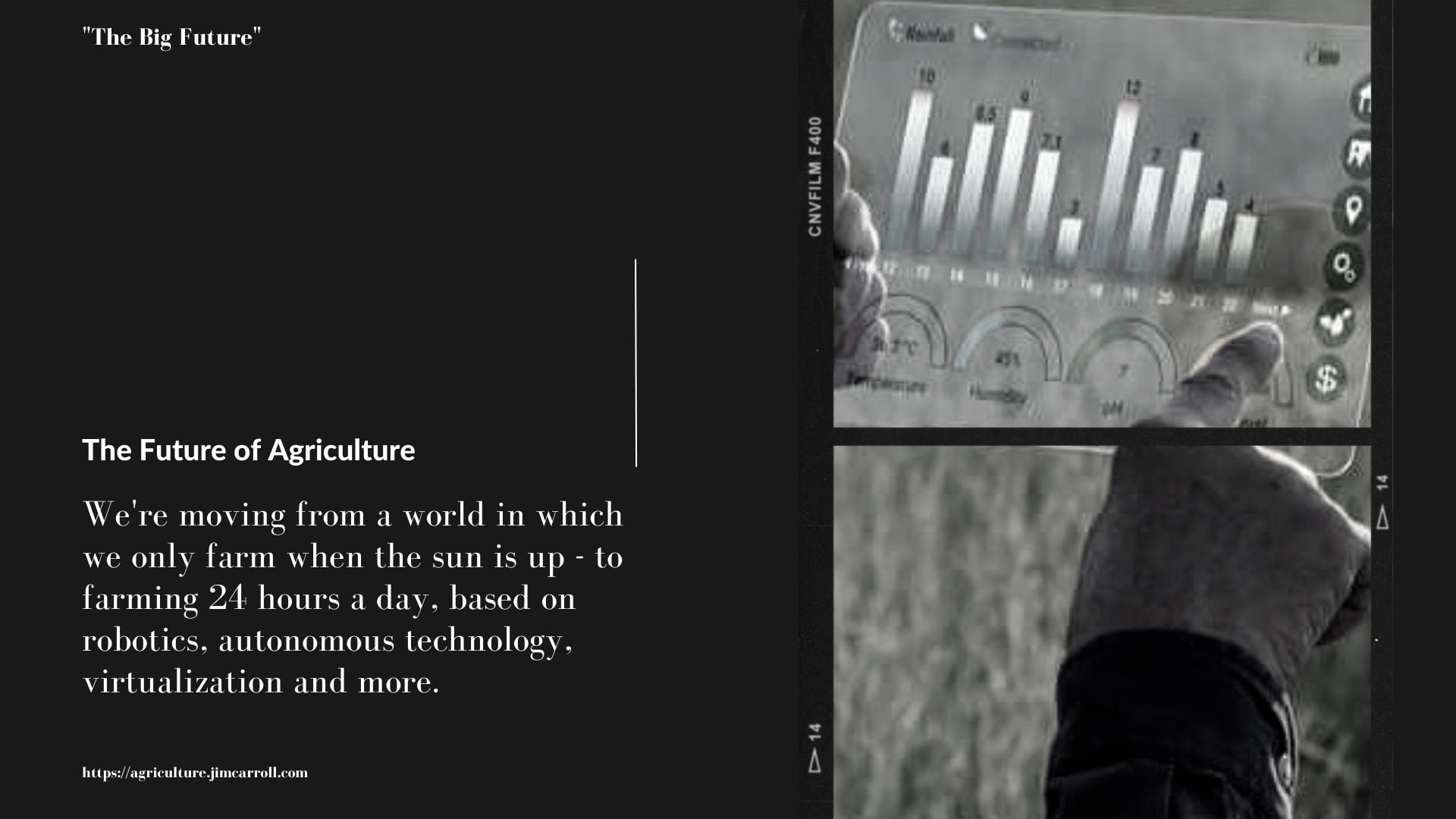
In automotive and transport, vehicles are shifting from carbon-based, rather unintelligent low-tech things that we drive – to rolling hyperconnected iPad-like devices with big batteries and increasing amounts of autonomous intelligence. We’re shifting from ‘driving cars‘ to ‘supervising cars.’
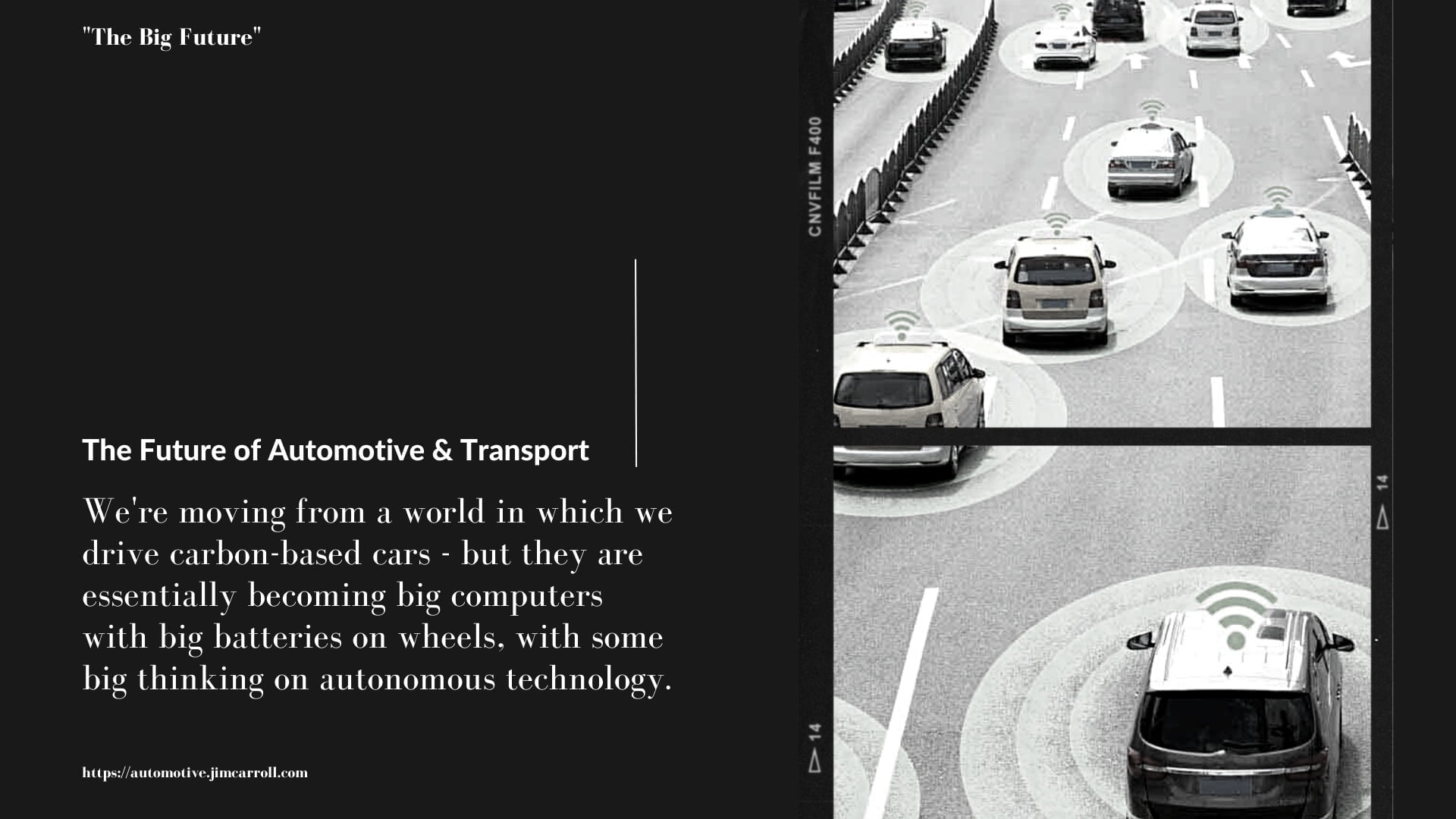
Construction? A lot more pre-fab, factory-assembled process is taking over, fundamentally shifting how we do things: Lego, anyone? Add to that new material science – such as 3D printing with concrete.
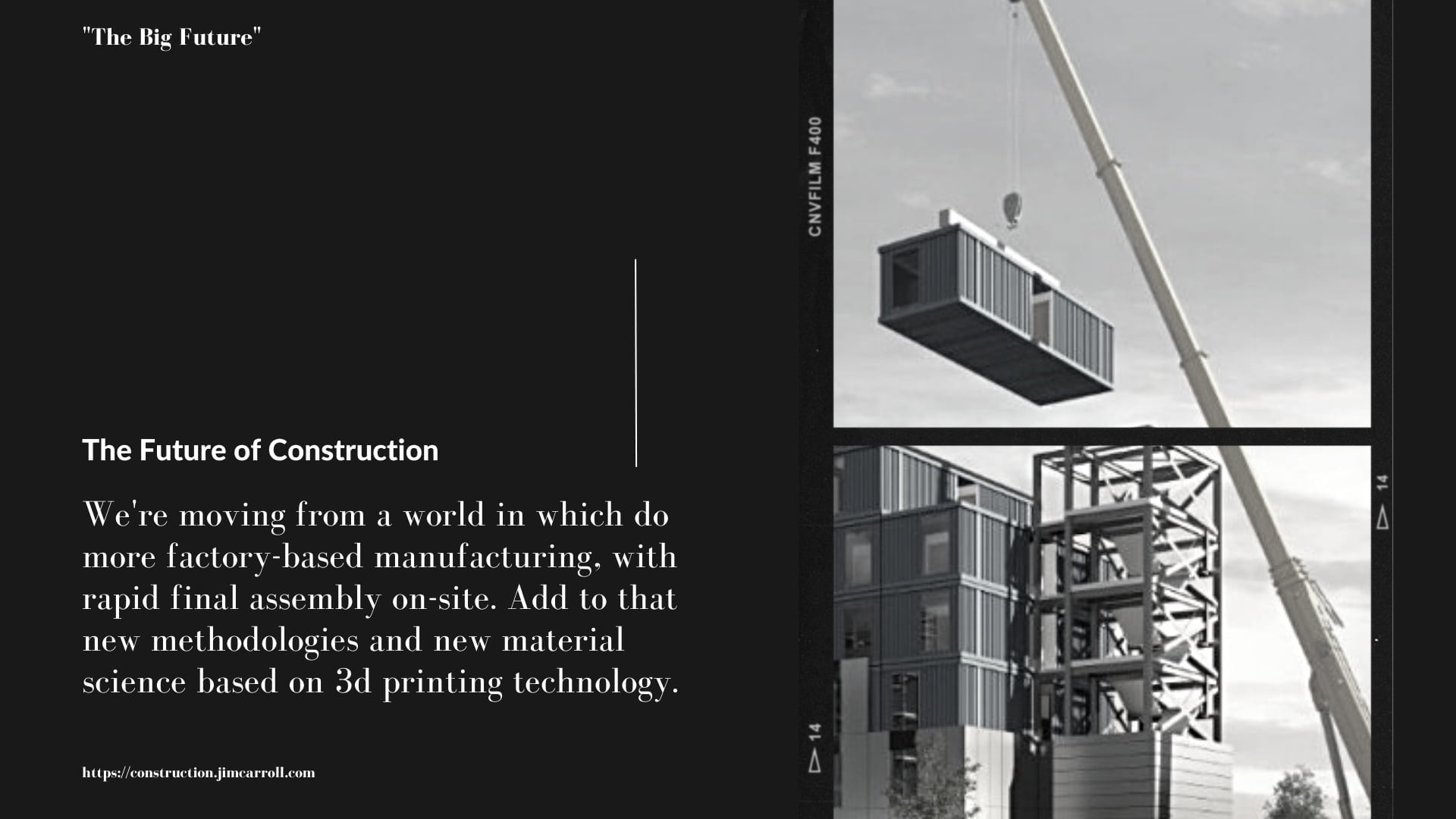
Education? It’s no longer what you know – it’s how you know what you need to do to get what you need to know. AI with technology such as ChatGPT accelerates this trend – those who know how to write the best promote are those who will have the best knowledge access (provided tye can probably distinguish between correct and incorrect AI generated information.)
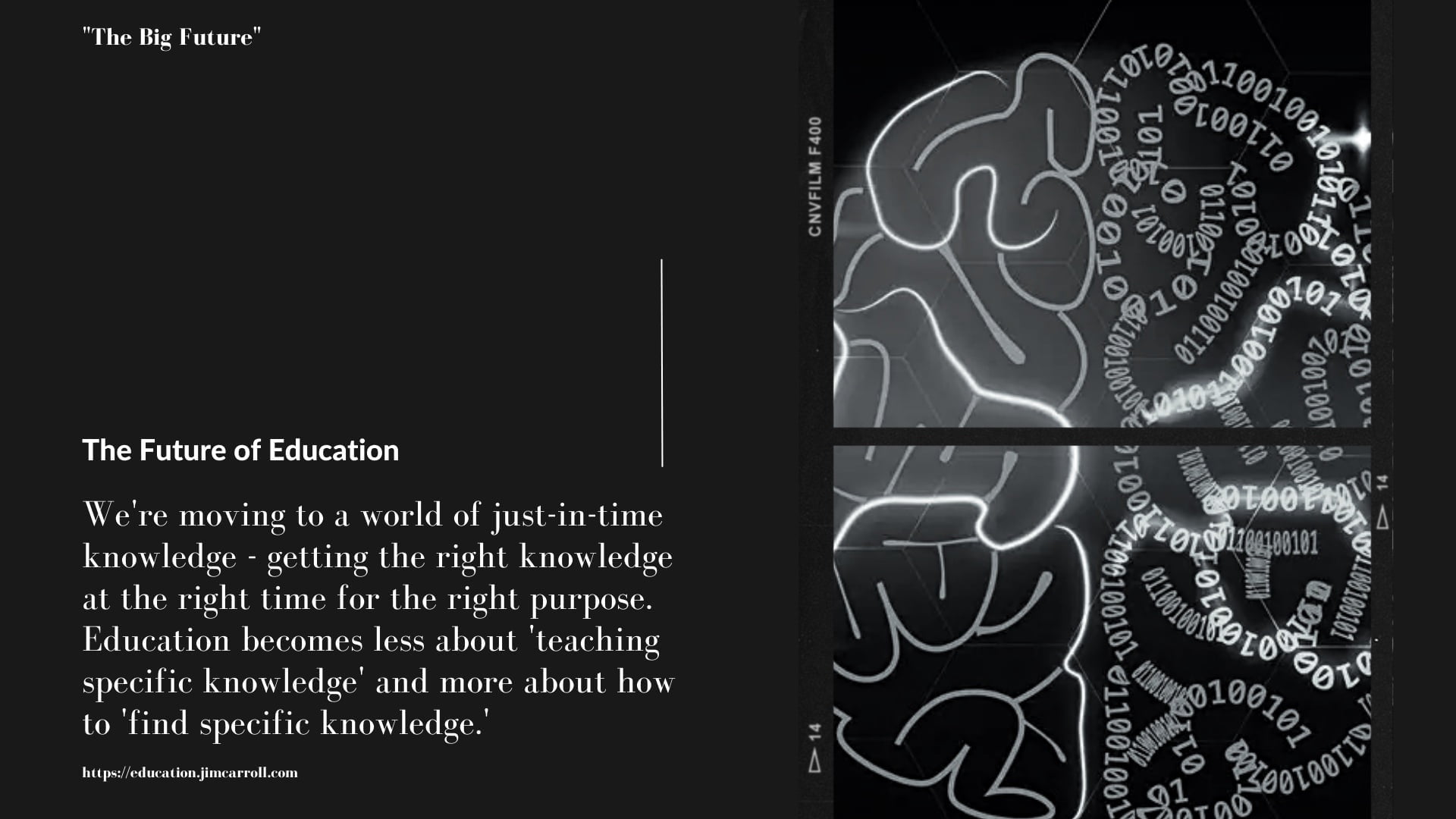
Energy? Pil is over, it’s all about renewables, and smart-hyperconnected grids are the future.
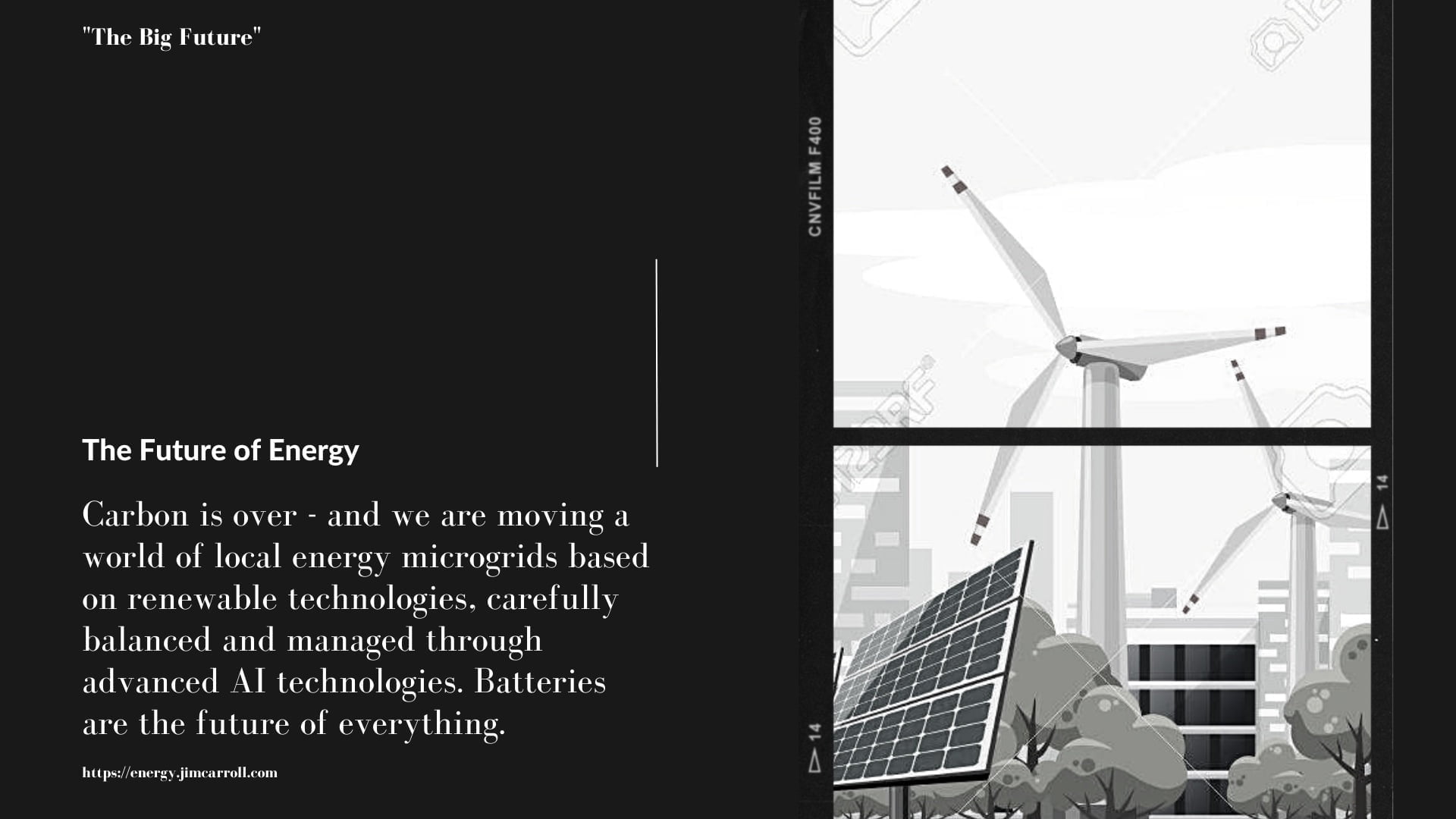
Food? How it is produced is undergoing a significant change – and the data that we ingest while preparing and/or ingesting our food changes the very nature of our relationship with food. Your glycemic index for an apple will be different from mine – and there’s an app for that!
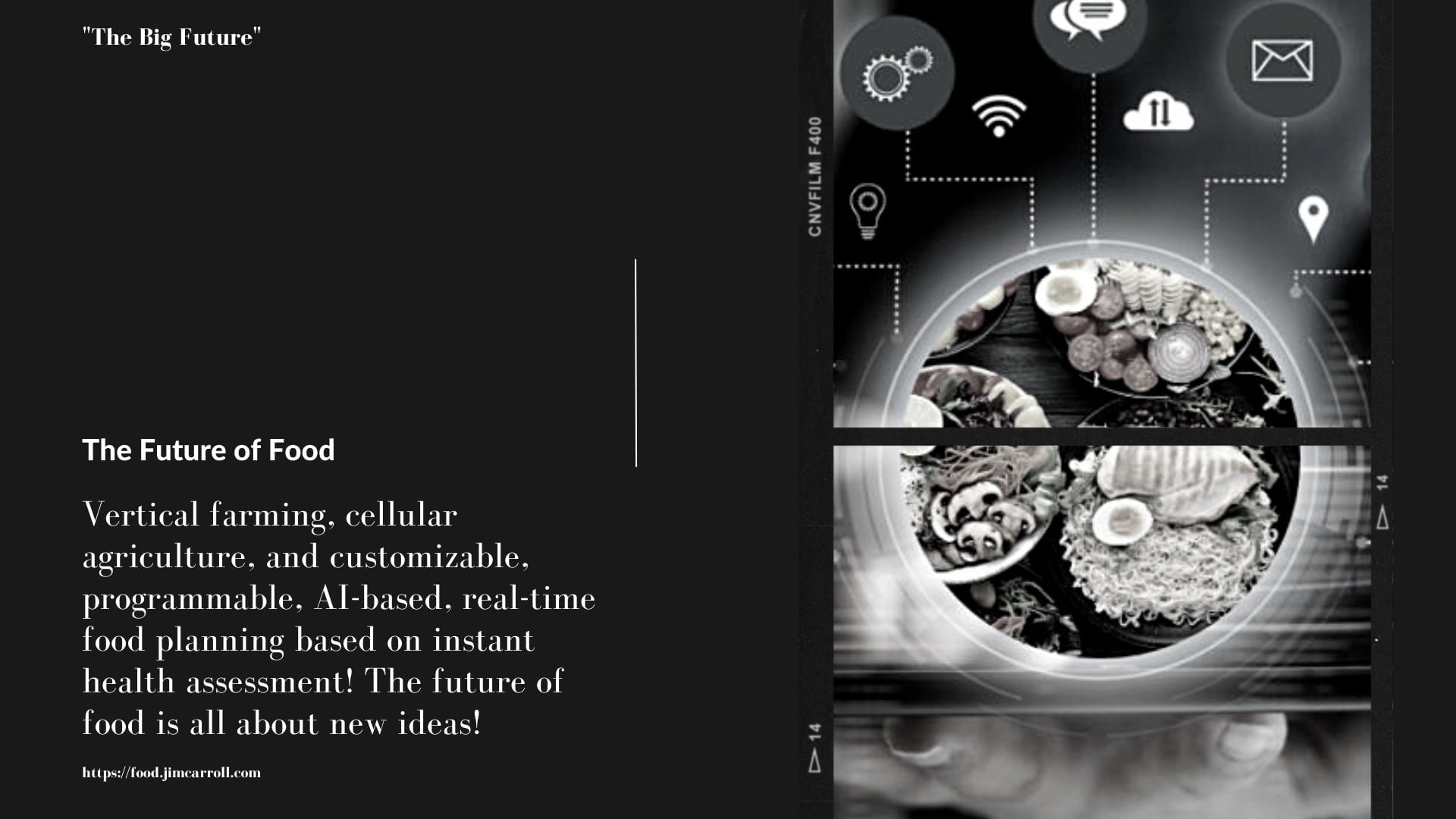
Healthcare? We’ll be increasingly fixing people before they are sick rather than after. Essentially, we are turning the entire healthcare system upside-down, shifting from reactive to preventative.
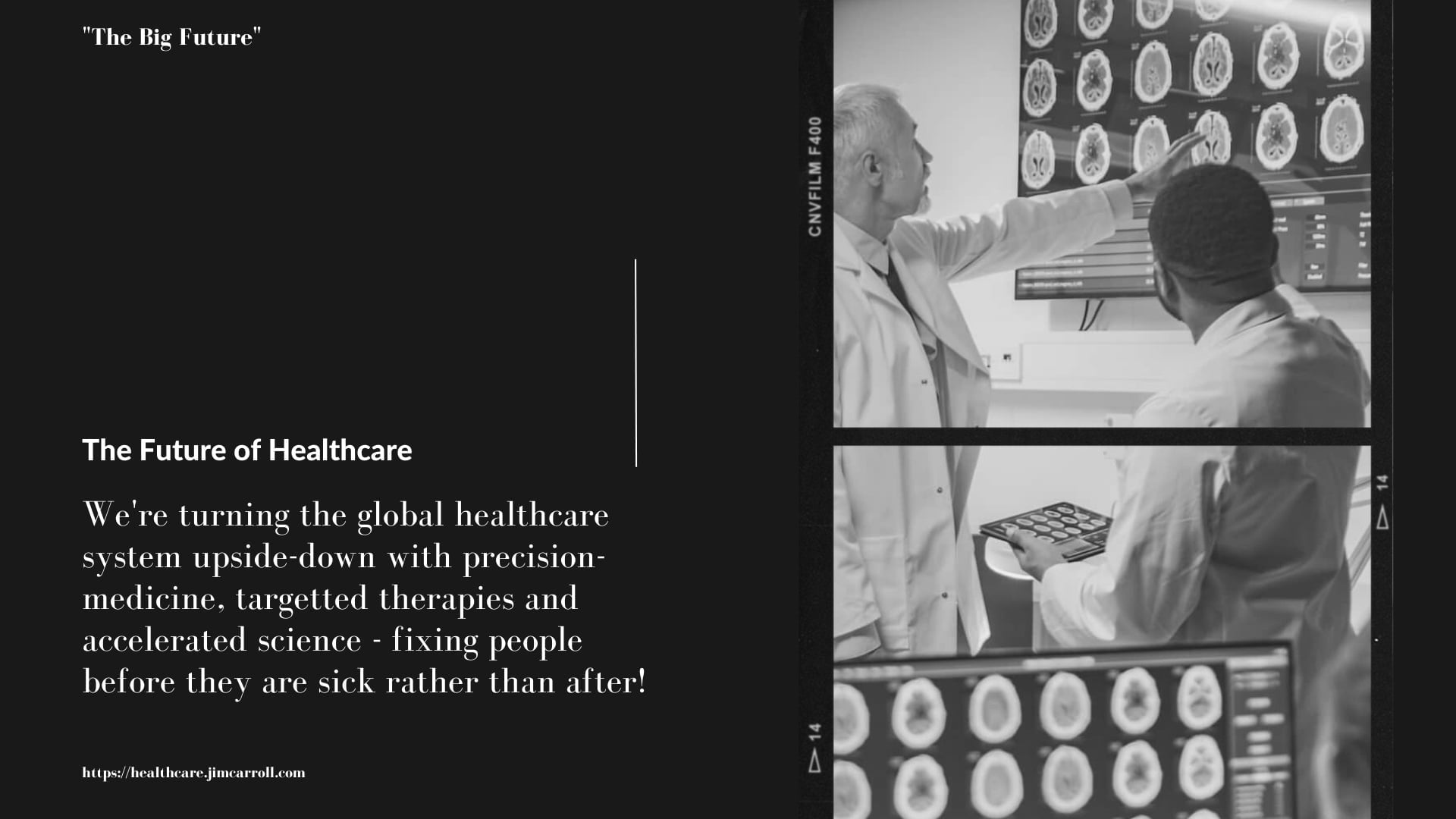
Insurance? Moving from looking back to looking at ‘now’ – and looking ‘forward.’ Risk underwriting and assessment move to real-time. Goodbye urine and blood tests – hello, 24 hour constant body monitoring!
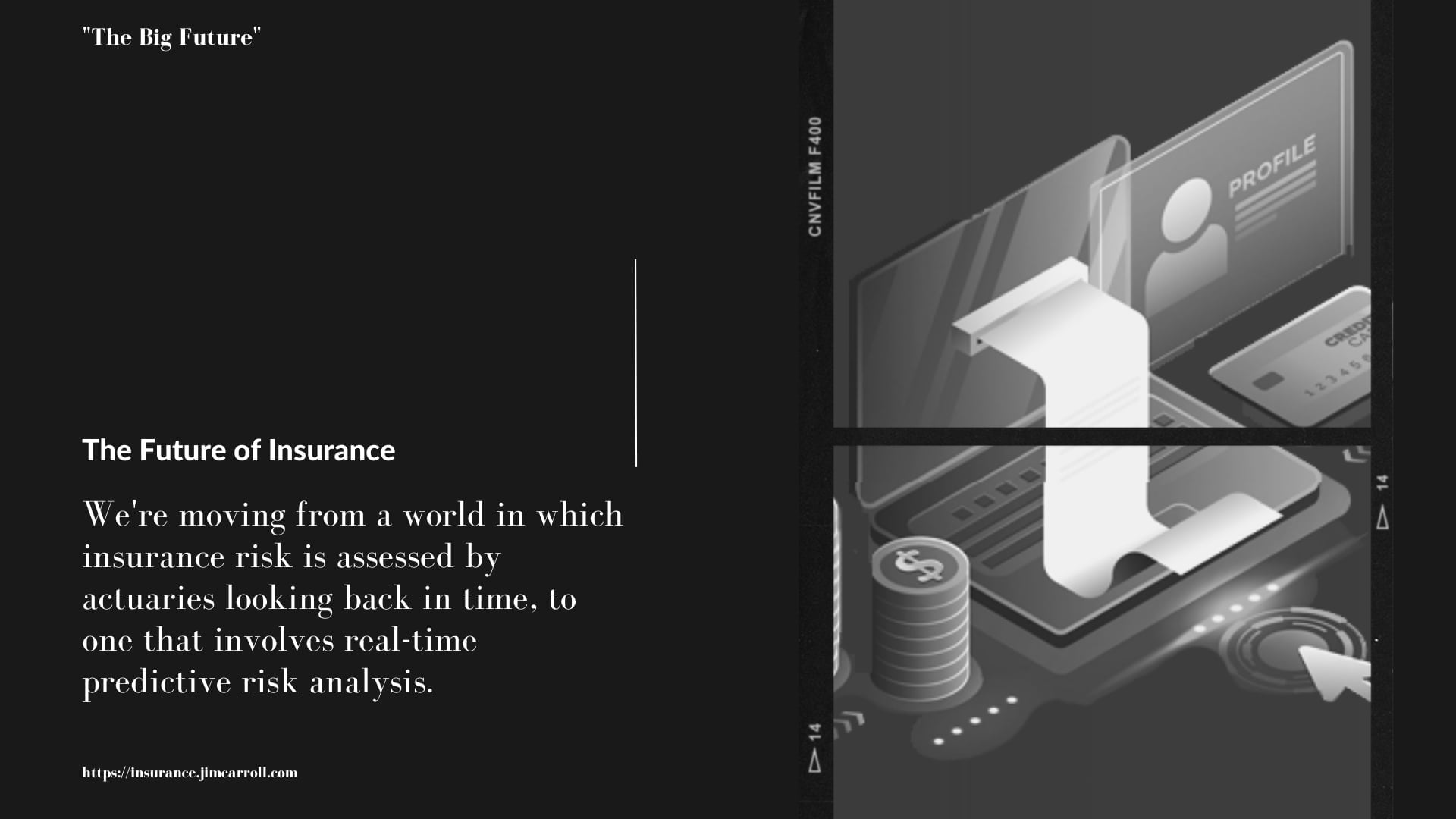
Manufacturing? From mass production to mass customization, products individually customized to an audience of one, built by a lot more autonomous robotic technology.
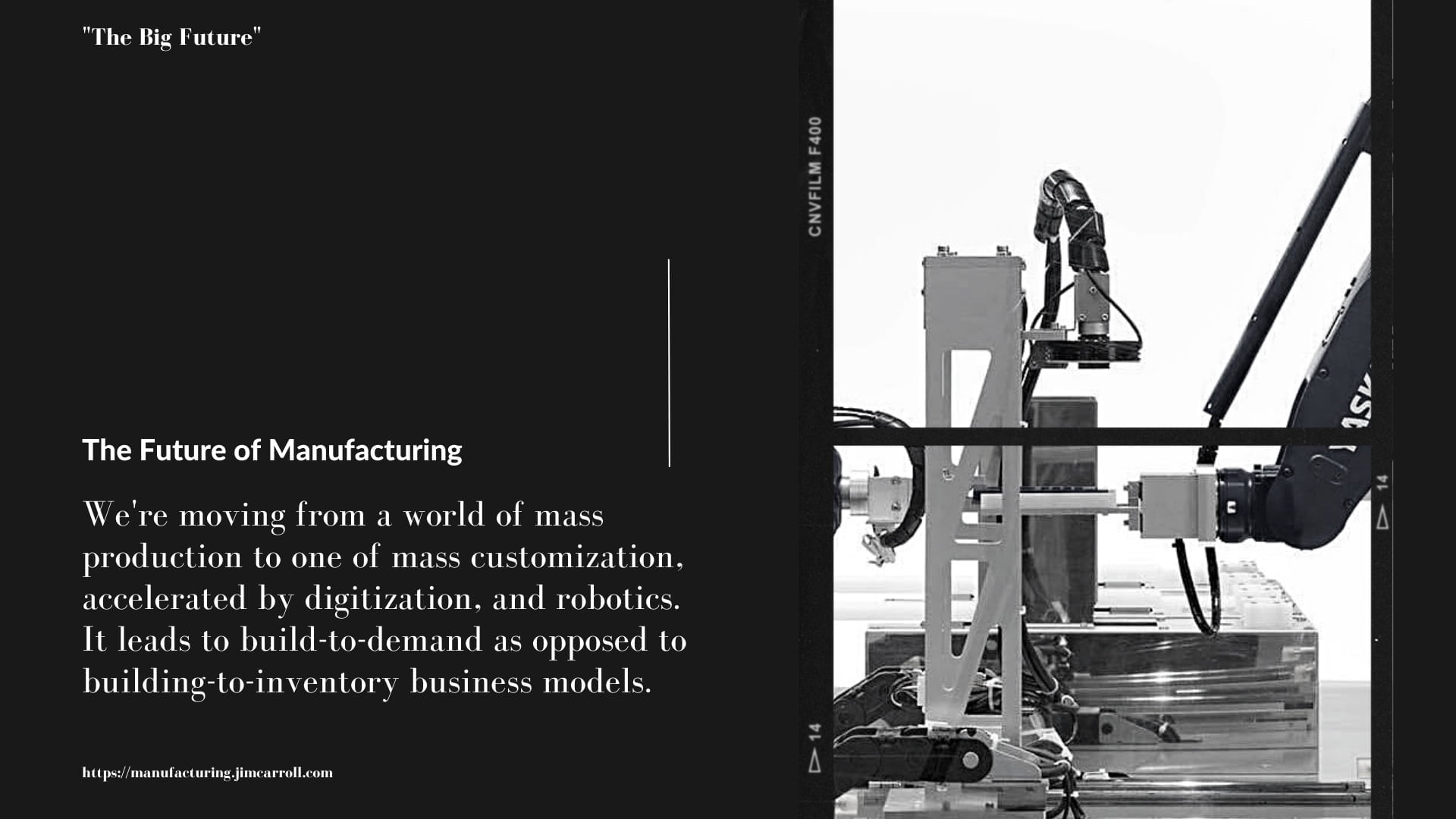
And retail? It used to be all about goign to get the stuff you need – but every day, more of the ‘stuff’ simply come to us.
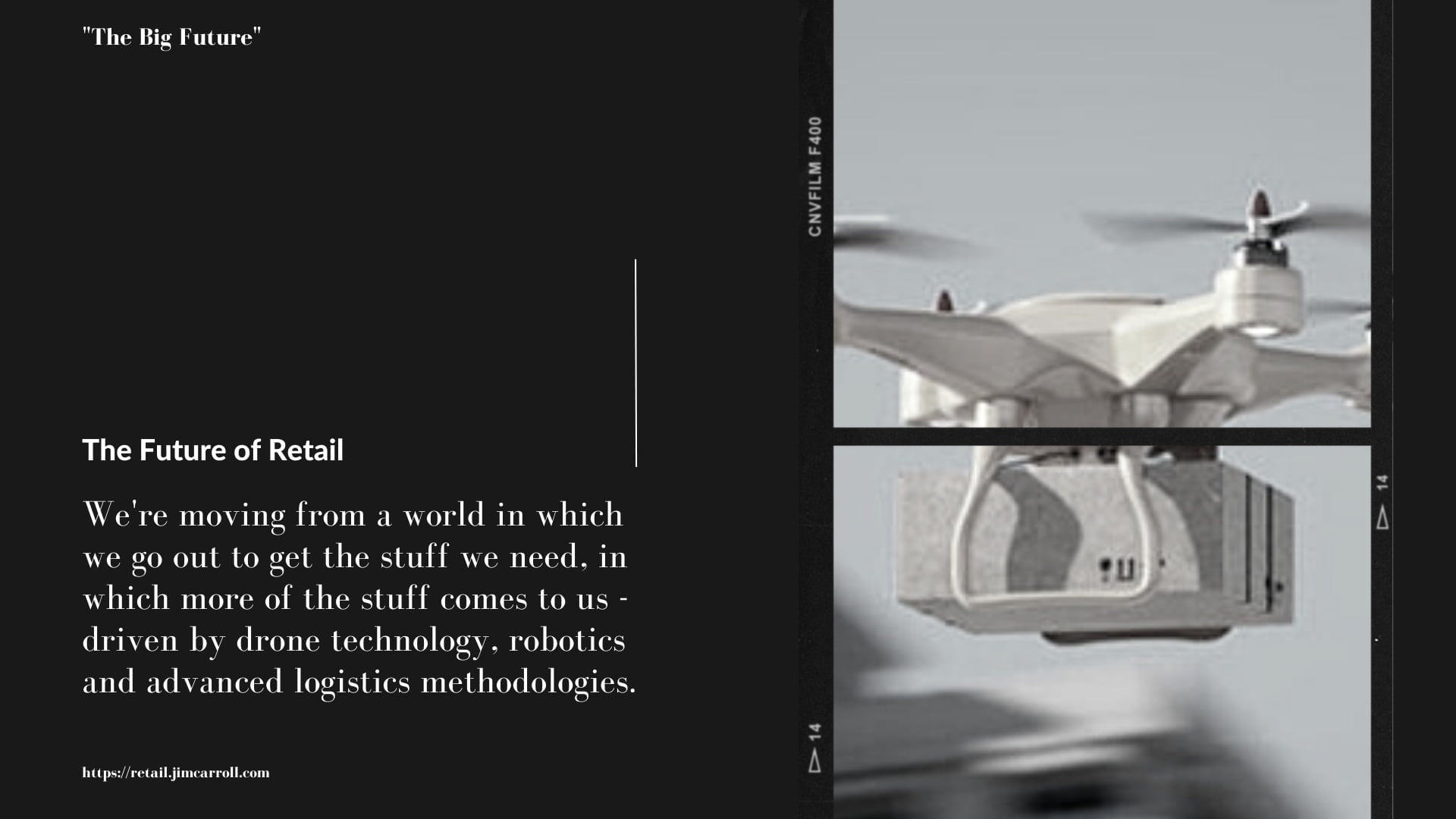
Behind all these seemingly small trends lie absolutely massive transformations, leading to new companies, jobs, careers, skills, industries, materials, and more.
Suffice it to say, each and every one of these transformations lies new trillion-dollar opportunities.
If you want to understand the BIG Future, much of it can be found right there – by understanding the idea of ‘methodology modification.’
Need more? Much of the concept can be found in an article I wrote about construction and methodology. Change these concepts to other industries, and you have the future!
AI and Robotics In Construction – Massively Transformative
In an exclusive article for Gulf Construction, JIM CARROLL, futurist, trends and innovation expert, highlights the far-reaching impact of artificial intelligence on the construction industry.
Gulf Construction News, January 2019 (link)
Artificial intelligence (AI), the very phrase conjures up images of futuristic mechanical brains doing all kinds of intelligent work. Scare stories abound – AI and robots are going to take away all of our jobs! Science fiction scenarios paint a picture of enslaved humans being subjected to the evil whims of smart computer technology.
What’s driving the push for AI in the construction sector? Ongoing labour shortages due to a hot global economy is certainly one of the key issues. The marriage of robotics has been a pathway to dealing with this challenge, but the marriage of AI to robotics takes us to the next step in this complex voyage. In addition, it’s simply the next step in the digitisation of the industry. As we go down the technological path, we follow its inevitable result.
So let’s put into perspective what’s been happening, and where AI fits in.
Digitisation of PM
As in many other industries, the construction sector has already been on a path to digitisation with the acceleration of technology. Computer-aided design (CAD) and building information modelling (BIM) concepts have accelerated the design and build process, but these have been but baby steps in a complex voyage.
AI takes us into a world in which we can apply automated, intelligent routines in the many calculations, assumptions, testing and analysis of the ideas we are using in the architecture and design process, as well as detailing the methodologies that will be used to put those designs into actionable steps.
Consider, for example, what we have been doing with efforts involving the digitisation of the project management (PM) process. We need to carefully manage the ordering and procurement, fabrication and assembly of millions of individual components, and manage extremely complex projects. What if we could automate some of this, kick out the exceptions for analysis, and ignore the rest?
Some companies are already exploring this idea. Canada’s Fluor Corp is working with IBM’s Watson AI system to explore how to take existing digitised projects and analyse the data within for insight on rising costs, schedule delays, supply chain problems, or errors in estimates, forecasts and project risks. Consider it BIM on steroids!
Robotic methodologies
It’s when we marry AI concepts with robotics that things become really interesting in the construction sector. Robotics is already making its way felt in the sector in a very significant way.
We have been busy automating the building process itself. Certainly the entire process of the automation of the construction process has been moving quickly within the residential sector.
The UK-based Legal & General, for instance, has been aggressively working to disrupt the business of home construction through the ability to manufacture homes on high-tech production lines that when completed, are ready to live in, with carpets, curtains and white goods already in place. What they are really doing is disrupting the concept of construction by moving away from building in sites with blocks, to building utilising robots in factories with subsequent assembly on site.
This isn’t just ‘pre-fab’; it’s the arrival of disruptive methodologies.
And therein lies the rub. Much of this construction process involves a regular series of iterative processes, repeated over and over again. If we can automate this with some type of intelligent process management capability, and then examine the quality of our work, we have achieved something of significance – and that is where AI is taking us to. As in project management, we utilise AI to provide for better automation of the process, and examine the exceptions.
These new methodologies will be driven by the fact that they provide significant productivity gains. In Australia, Fastbrick Robotics has developed technology that can build a home in three days using a sophisticated, automated bricklaying system – forever changing the way the industry operates.
Other companies around the world are working on similarly sophisticated methodologies, and it is inevitable that these advances will leak into the industrial and commercial construction space.
3D printing
Add to this mix recent advances in 3D printing capabilities in the construction sector, particularly with concrete and other materials. In Dubai, we’ve seen the 3D printing of an office facility. It took but 17 days to print a building that was 20 ft high, 120 ft long, and 40 ft wide.
Key fact? The project was overseen by a single engineer, and saw a cost reduction of 50 per cent compared to traditional methods.
3D printing is another example of a routine, iterative process, and you can expect to see AI capabilities brought to this fast-moving sector as well. But it’s not just 3D printing.
Consider the impact of rebar-tying robotic technology such as the TyBot from UK-based Brayman Construction and its subsidiary Advanced Construction Robotics. It’s an automated process that will change bridge construction.
Why is this significant? Because these accelerated methodologies are based upon a series of rules and patterns and AI is simply all about rules and patterns.
Virtualised construction
Let’s toss another trend into the mix – the acceleration of autonomous technology.
While everyone is focused on the opportunities of self-driving cars and trucks, they are missing the really big picture, and that is the forthcoming massive virtualisation of physical work.
A few years ago, while I was in Sao Paulo to keynote the global WorldSkills conference, I actually operated a welding machine 3,000 miles away while using a virtual headset. We know this type of technology is coming to the world of manufacturing, and it will come to the world of construction as well. So while the first phase of global outsourcing and offshoring saw the movement of office work to the Philippines and India, the next phase will see the virtualisation of construction and other work.
But let’s not stop there. Equipment manufacturers are aggressively developing autonomous capabilities. Audi and others have prototype vehicles without doors and windows that can be driven by someone thousands of miles away. Komatsu, following this same path, has a bulldozer that can be remotely controlled by an operator on site, linking to the physical facility through cameras, sensors and other data.
Is it farfetched to imagine the automation of the repetitive parts of this type of routine through AI? Should we get used to the concept of a future, unmanned construction site. Farfetched?
Not in my mind. What’s really happening is we are shifting the construction industry from one of construction, to one of manufacturing. AI is but a part of the mix of this new disruptive business model. AI can accelerate our capabilities in significant ways, including better inspection for faults and errors; more streamlined methodology, and all kinds of automation of routine work. The fact is, we are seeing rapid advances in the use of robotics in home construction, and it is inevitable that this fast pace of development will quickly come into the commercial and industrial construction sector.
Smart buildings
Last but not least, the arrival of intelligent, smart buildings concepts will accelerate opportunities for AI.
We are at early days yet when it comes to the concept of smart buildings. Yet the Internet of Things (IoT) is already having a significant impact on how we manage, deploy, operate and monitor various aspects of our facilities such as energy usage.
Once we add machine learning and AI to the mix, we will be able to streamline those activities even more.
Consider, for example, the concept of predictive diagnostics; the ability to determine in advance when a particular part of component is going to break down, and doing preventative maintenance to avoid the downtime that comes with it. Automotive and trucking companies, as well as medical device companies and jet engine manufacturers, have been implementing predictive diagnostics for quite some time.
And it’s now coming with rapid developments with IoT in HVAC and energy systems, security infrastructure and other aspects of smart buildings. If we enhance our ability to interpret and analyse the vast amounts of information coming from our intelligent building subsystems, we can reduce downtime and problems even further.
Impact of other industries
So clearly, we are on a high-tech voyage in the world of construction. So why will AI become real? Because advances in other industries will accelerate the leakage of AI concepts into construction!
And then there is the arrival of disruptive AI concepts such as the emergence of AI marketplaces.
One company in the medical AI space has launched a ‘storefront’ that allows for ‘one-stop shopping’ of particular AI capabilities or skills. Browse through the store and you will find algorithms that will help you analyse chest X-rays for a cancer diagnosis, calcium build-up in arteries or cornea images for eye disease.
The same type of thinking might lead to a virtual AI marketplace for analysis of construction faults or smart-building algorithm analysis!
When will it arrive?
The biggest challenge with all of these concepts is not ‘if’ they will happen, but ‘when’. And that is where the Gartner Hype-cycle comes in. How do you determine when to invest in AI trend?
Years ago, the global research company suggested that any new technology goes along a curve – it appears, hits the time of excessive hype and expectations. That is followed by the inevitable collapse of enthusiasm as people realise that it takes a lot of time and effort to implement the technology and determine the opportunity that comes from it. But inevitably, both the expectations and technology itself matures, and it becomes a key component for innovation and so much more.
You can take any technology and place it on the curve. Consider e-commerce: it appeared, and people got carried away with the potential during the dot.com era of the late 1990s. However, that involved a period of rather excessive and ridiculous hype, and so we had the inevitable dot.com collapse.
Now consider the explosion of new technologies around us today: 3D printing, IoT, virtual reality, self-driving cars, and AI. A key component is figuring out where they are on the curve, and hence, what you should be doing with them in terms of an innovation strategy.
But what will we be able to do with AI in the construction sector? While it’s early days yet, we are really only limited by the boundaries of our imagination.
Individually, any trend is disruptive. Combine them together, and suddenly, they’re massively transformative!




GET IN TOUCH
Jim's Facebook page
You'll find Jim's latest videos on Youtube
Mastodon. What's on Jim's mind? Check his feed!
LinkedIn - reach out to Jim for a professional connection!
Flickr! Get inspired! A massive archive of all of Jim's daily inspirational quotes!
Instagram - the home for Jim's motivational mind!